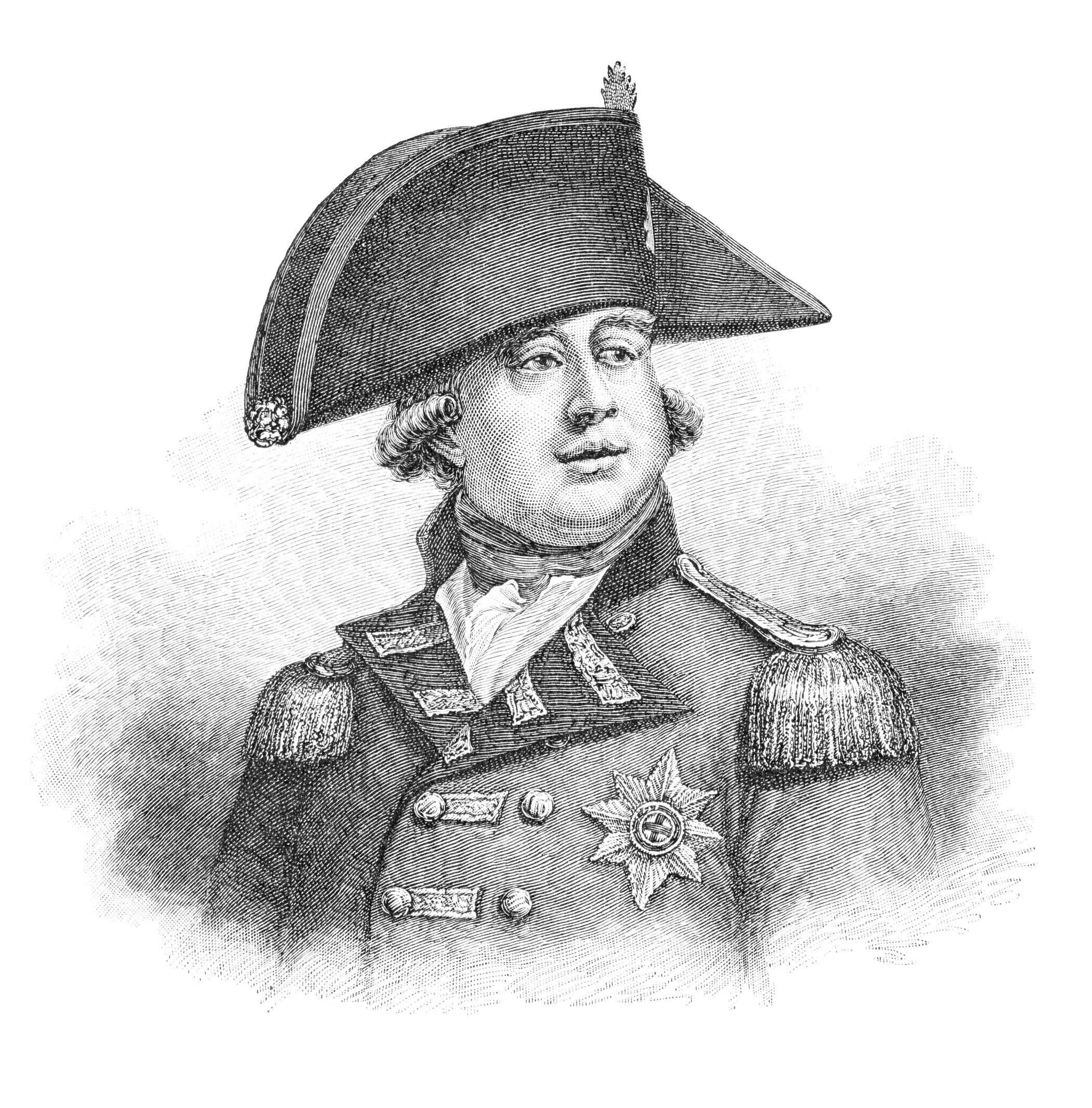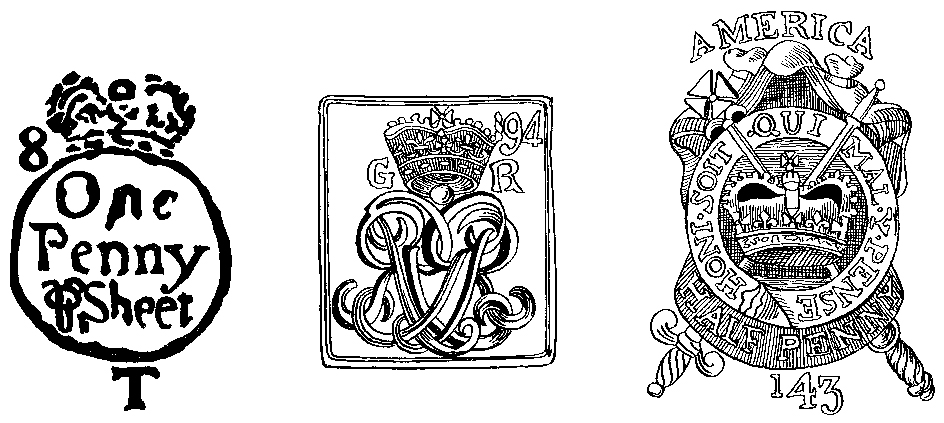Declaratory Act was one of a number of legal measures passed by the British Parliament that led to the American Revolution (1775-1783). The Declaratory Act stated that the king and Parliament had full legislative (lawmaking) power over the American Colonies. It was signed into law by King George III in 1766.

In 1765, Parliament had imposed the Stamp Act on the colonies. The Stamp Act required the colonists to pay for a special stamp on a wide variety of printed materials. The colonists protested against the Stamp Act, which many considered an unjust tax, eventually boycotting British goods. The boycott made the Stamp Act unpopular with British merchants, and Parliament wanted to repeal it. But, some feared that repealing the law might appear to weaken British power in the colonies. So, along with the repeal of the Stamp Act, Parliament issued the Declaratory Act.

The Declaratory Act stated that Parliament had “full power and authority to make laws and statutes of sufficient force and validity to bind the colonies and people of America, subjects of the crown of Great Britain, in all cases whatsoever.” It also declared null and void (without legal force) any legal measures taken by the colonists that contradicted those issued by Parliament.
The colonists celebrated the repeal of the highly unpopular Stamp Act, with few paying much attention to the passage of the Declaratory Act. However, the act’s broad statement of authority troubled many colonial leaders and set the stage for further conflict.
